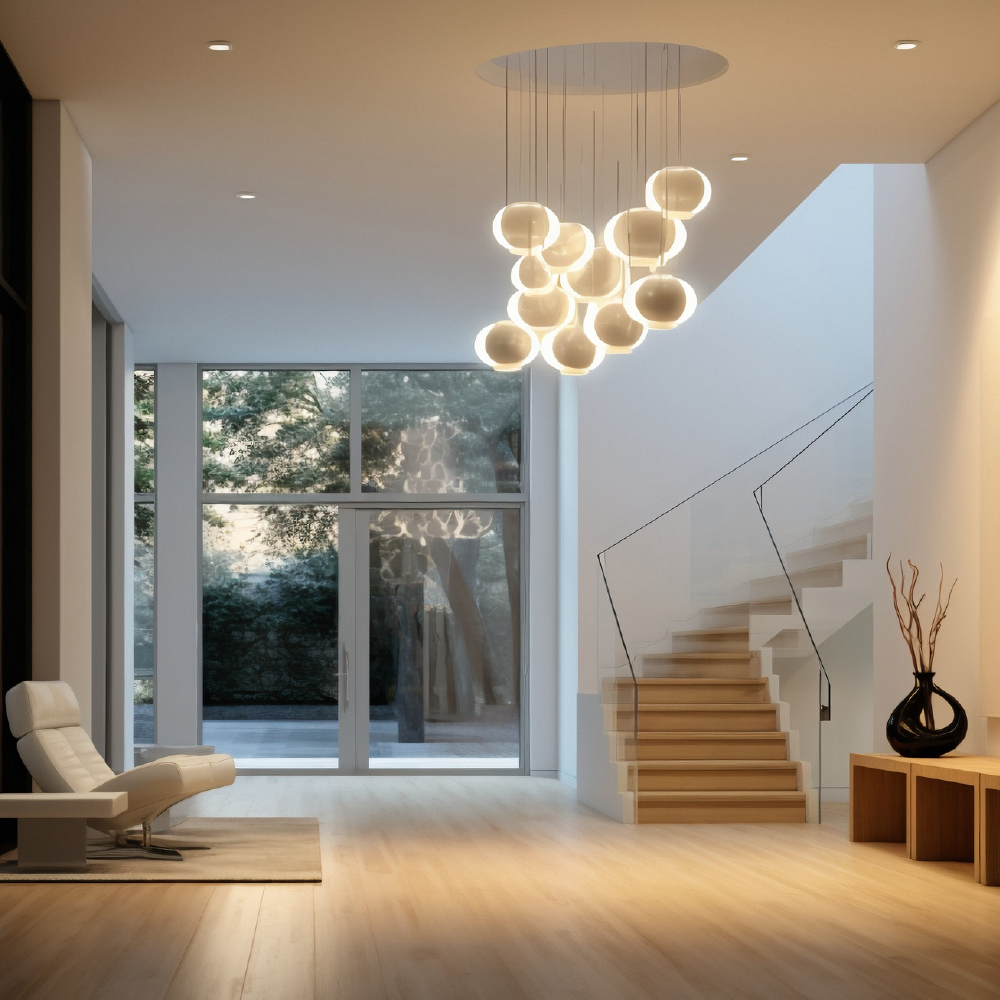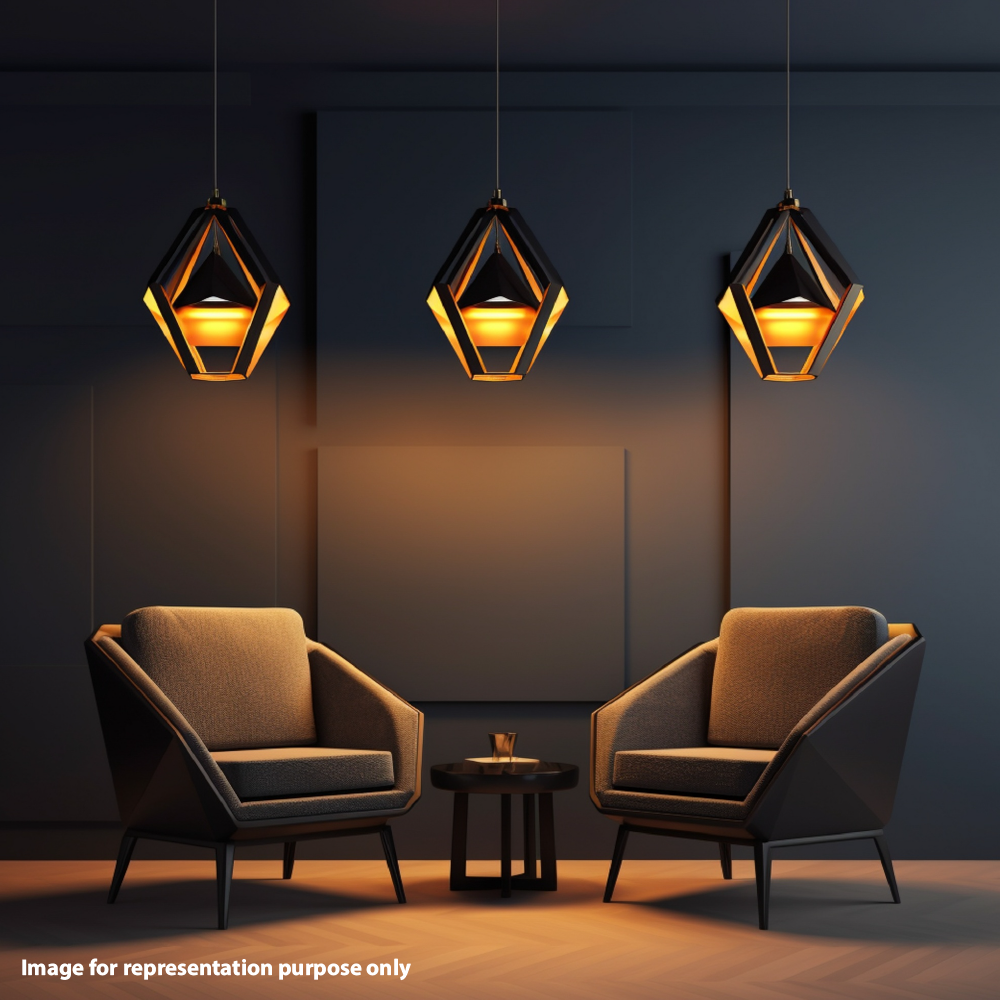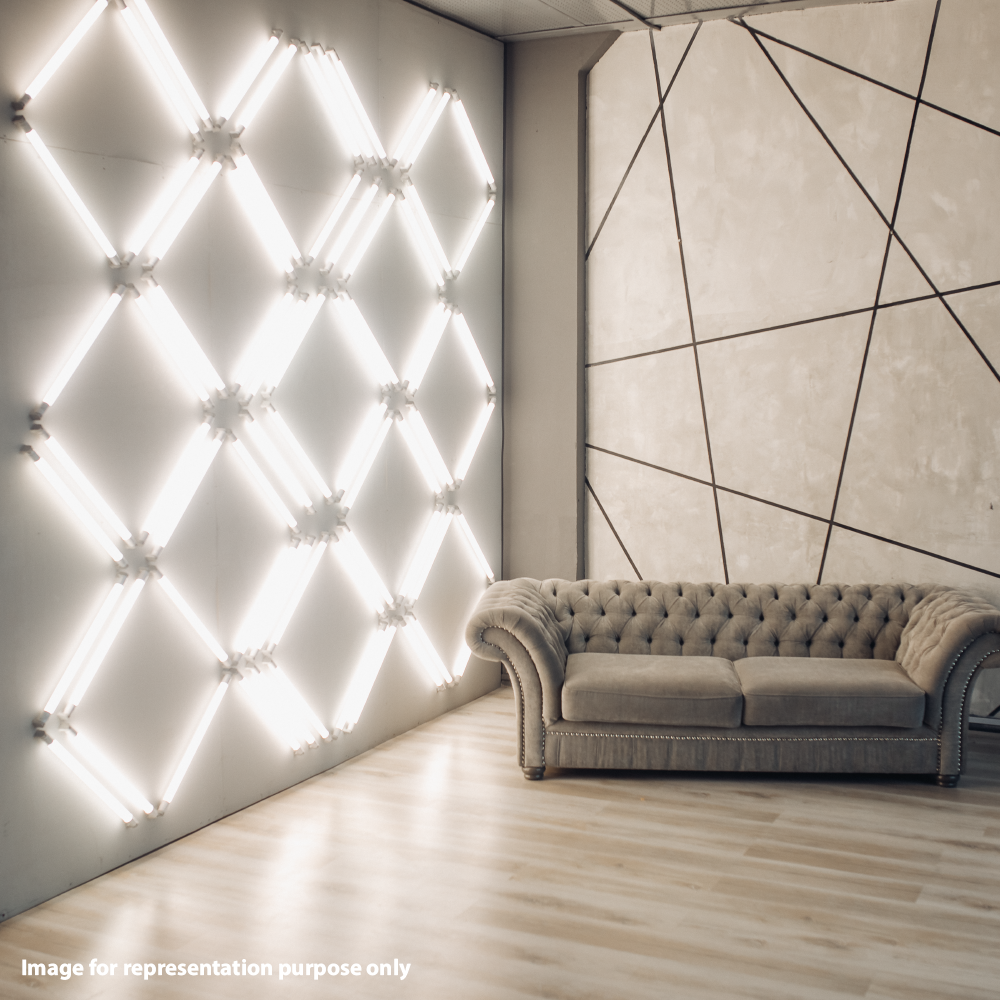Light layering is a technique that involves strategically using different layers of light to create a functional ambience in a space. It is all about creating a harmonious balance between different types of lighting to achieve the desired effect in a space. It involves using multiple sources of light at various heights and intensities to illuminate different areas and objects within a room. By carefully considering the purpose and function of each layer, you can create a dynamic and visually appealing environment.
Layered lighting adds depth, texture, and visual interest to any room. In this blog, we will explore the concept of lighting method and all the important aspects around it that one must know about.
Current Layered Lighting Trends
Lighting trends are constantly evolving, but there are some basic key elements that are popular in light layering design:
- Mixing Different Types of Fixtures: Combining various styles of fixtures, such as pendant lights, chandeliers, wall sconces, and recessed lights, can create an interesting look
- Playing with Metal Finishes: Mixing different metal finishes, such as brass, bronze, and chrome, adds visual interest and depth to any space
- Incorporating Smart Lighting Technology: The use of smart lighting systems allows for greater control over the intensity and color temperature of each layer
Understanding the Layers of Light
Layer lighting method involves using different types of lighting placed strategically to to merge into each other. Knowing the different layers of light is crucial in achieving the right balance between atmosphere and functionality in a room.
1. Task Lighting
Task lighting is essential for providing focused light for specific activities like reading, cooking, or working at a desk. Its purpose is to reduce eye strain and increase productivity by directing light where it's most needed.
When choosing task lighting fixtures, here are some things to consider:
- Intensity: Opt for fixtures with adjustable brightness levels to suit different task requirements
- Placement: Position task lights in a way that minimizes glare and shadows while effectively illuminating the task area.
- Style: Look for fixtures that match the overall design of the room while still serving their function
2. Accent Lighting
Accent lighting is all about highlighting artwork or architectural features that deserve special attention. Here are some key points to understand about accent lighting:
1. Purpose
Accent lighting draws attention to specific elements in a room. It adds depth and creates visual interest by highlighting particular objects or areas.
2. Examples
There are various types of accent lights that can be used effectively in different spaces. Some popular choices include:
Spotlights: These lights are perfect for illuminating artwork, sculptures, or any object you want to showcase. Spotlights provide a focused beam of light that directs attention to the desired area.
Wall Washers: Wall washers are fixtures that cast a wide beam of light across a wall, creating an even wash of illumination. They are commonly used to highlight textured walls or architectural details.
Uplights: Uplights are fixtures placed on the floor with the aim of directing light upwards towards a specific object or area. They are often used to illuminate plants, columns, or decorative elements on walls.
3. Placement
When it comes to accent lighting, proper placement is key. It's important to strategically position the lights to achieve the desired effect. Experiment with different angles and distances to find the best placement for your accent lights.
4. Bulb Selection
Consider using bulbs with warm colour temperatures for accent lighting. Warm tones create a cozy and inviting atmosphere, enhancing the overall ambience of the space.
Whether it's showcasing your favourite artwork or highlighting architectural features, accent lighting adds that extra touch of elegance and charm to your space.
Mastering the Art of Light Layering
Layered lighting is a design technique that involves the strategic use of different layers of light to create a cohesive and inviting ambience in a space. When it comes to mastering the art of light layering, there are several key considerations to keep in mind:
1. Mixing Different Types of Fixtures and Finishes
One of the most effective ways to create visual interest and depth in your lighting design is by mixing different types of fixtures and finishes
Similarly, experimenting with a variety of metal finishes, such as brass, nickel, or bronze, can add a touch of elegance and sophistication to your lighting design.
2. Creating Depth with Varied Light Intensities

In the art of light layering, one of the key elements to consider is creating depth with varied light intensities. This technique allows you to control the mood and atmosphere of a space by adjusting the brightness of each layer. Here are some important aspects to consider when it comes to achieving a balance between layers for a cohesive look:
- Importance of Dimmers
Dimmers are an essential tool in light layering as they allow you to easily adjust the intensity of the light in a room. By dimming certain layers, you can create a more relaxed and intimate ambience, while increasing the brightness of others can provide functional and task-oriented lighting.
- Layering with Different Intensities
To achieve a balanced and cohesive look, it's important to vary the intensity of each layer. By adjusting the intensity of each layer, you can create depth and visual interest in the space.
- Creating Contrast
Another way to enhance the depth and dimension in light layering is by creating contrast between different layers. This interplay between light and shadow adds depth and creates a visually dynamic environment.
By embracing light layering in your own home, you can create spaces that are not only beautiful but also functional. Jaquar can help you explore the creative possibilities that this technique has to offer! Choose the best lighting fixtures for your space that will perfectly complement every interior.
Remember, thoughtful lighting design is key in transforming any space into one that is both visually stunning and practical. So why not give light layering a try and see the difference it can make in your home?





